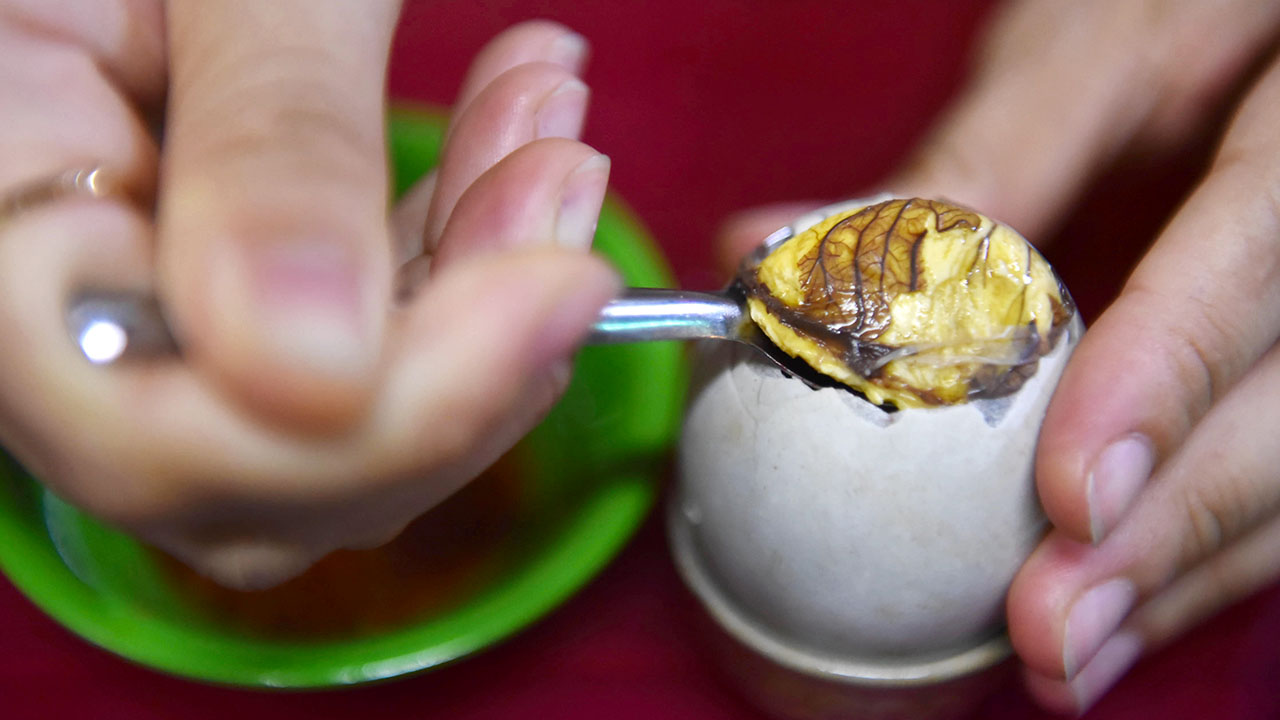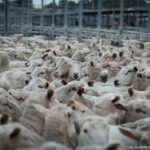When delving into the culinary wonders that the world offers, few items spark as intense a debate as balut. This street food, popular in various Southeast Asian countries, particularly the Philippines, consists of a fertilized duck egg that is incubated for a certain number of days before being boiled and consumed. While some view balut as a cherished delicacy, others regard it as a manifestation of animal cruelty. Does indulging in this particular dish imply a disregard for ethical considerations surrounding animal welfare?
The origins of balut are rich with cultural significance. Historically, it has been an integral part of Filipino cuisine, symbolizing shared experiences and communal dining. Vendors selling balut often have a long-standing presence in their communities, and consuming this dish becomes a ritual that connects people to tradition. However, entwined with this cultural reverence are poignant ethical considerations that merit exploration.
At its core, the preparation of balut raises an immediate question: Is it appropriate to consume an egg that has developed into a recognizable embryonic duck? To those who uphold animal rights, this act may be perceived as an affront to compassion. The burgeoning embryo, visibly present inside the shell, challenges our sensibilities regarding acceptable culinary practices. When we consider the significant strides society has made towards animal welfare, can we reconcile these advancements with the cultural significance of balut?
One of the challenges in evaluating the ethics of consuming balut lies in its inherent cultural context. In many regions, including the Philippines, eating balut is not just a culinary choice; it is deeply entrenched in tradition. It invites a playful question about the nature of culinary practices: should cultural significance absolve practices that may seem cruel from a West-centric perspective? Such queries expose the dynamic tension between cultural relativism and universal principles of animal welfare.
To fully appreciate the ethical implications, it is necessary to consider the method of production. Balut is typically produced in large-scale facilities where eggs are fertilized and incubated. Conditions in such operations can be distressing; overcrowding, inadequate sanitation, and neglect may result in suffering for the ducks involved. This leads us to ponder whether the production practices surrounding balut align with contemporary ethical standards that prioritize animal welfare. Is the gastronomic pleasure derived from balut worth the potential suffering endured by the animals?
The sensory experience of consuming balut cannot be overlooked. It is described by enthusiasts as a flavorful and texturally complex dish, almost savory, with the soft embryo offering a unique culinary delight. Yet, as one bites into the delicate shell and unravels the layers within, can this gustatory pleasure truly be divorced from the implications surrounding its origin? One might argue that ethical consumption involves a deep understanding of what our food represents. By indulging in balut, one may inadvertently endorse practices that contravene the principles of humane treatment.
Moreover, the act of consuming balut raises pertinent questions surrounding gastronomic privilege. Many in the West may dismiss balut as extreme or unpalatable without acknowledging the socio-economic factors that shape food choices in varying cultures. For a marginalized community, balut may represent an accessible, affordable source of nutrition. To label it as cruel may overlook the complexities of survival and the local context that frames its consumption.
Peering deeper into this discourse leads to the consideration of alternative approaches to animal use in culinary practices. Some advocates suggest reforming traditional recipes that align with ethical treatment. Innovations in plant-based or lab-grown alternatives may pose a viable solution. These advancements could potentially preserve the cultural significance of dishes like balut while mitigating the cruelty associated with their traditional forms. Would societies that appreciate the flavors and experiences of balut embrace a reimagined version that does not involve animal suffering?
As discussions surrounding animal welfare continue to evolve, so too does our collective consciousness regarding ethical eating. The core of animal advocacy is rooted in compassion, urging us to scrutinize the moral implications of our dietary choices. Balut, as a complex and controversial delicacy, serves as a poignant reminder of the responsibility we hold in assessing the ethics of our consumption. We are prompted to reflect on our culinary inclinations—are they aligned with a commitment to compassion, or do they disregard the suffering hidden within tradition?
In the end, approaching the question of balut and animal cruelty does not yield a simple answer. It invites us to explore the intersection of culture, ethics, and culinary pleasure—a trifecta that demands careful consideration. Perhaps it is time to engage in a dialogue that respects cultural heritage while advocating for humane practices. As consumers, we possess the power to influence change, potentially redefining our relationship with food that pays homage to both tradition and compassion.
Ultimately, the question of whether balut constitutes animal cruelty transcends culinary boundaries, compelling us to reevaluate our perceptions and practices. It encourages an introspective journey that intertwines gastronomic delight with ethical responsibility. Can we savor traditional delicacies while fostering a commitment to broader principles of humane treatment? The answer lies not just in what we consume, but in how deeply we engage with the ethics that underpin our food systems.







